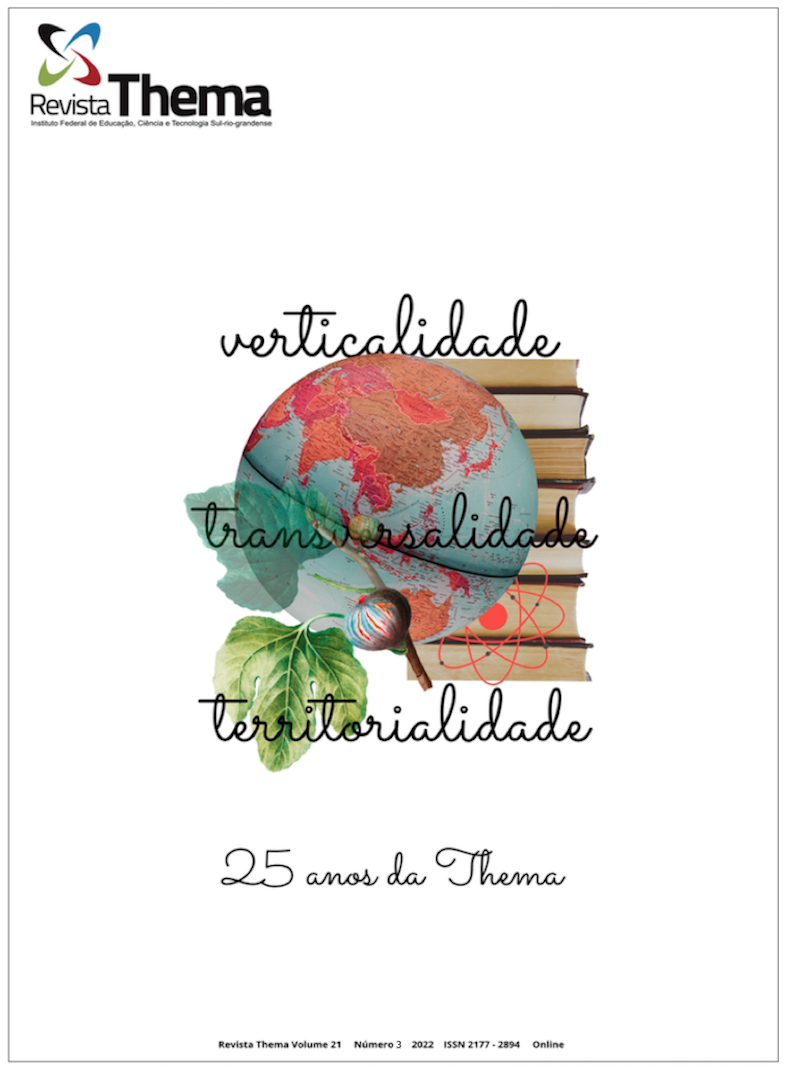Alterações micrometeorológicas com uso de cobertura plástica em cultivo de videira ‘Niágara rosada’
DOI:
https://doi.org/10.15536/thema.V21.2022.903-919.2912Abstract
Protected cropping is an alternative in face of seasonality and climatic adversities. Studies that evaluate different cultivation environments are important to understand the adaptive processes of plant species. This study aimed to determine changes in solar radiation and air temperature caused by the use of plastic cover in the cultivation of ‘Niágara rosada’ grape. The experiment was conducted in a family property, for two seasons, in an environment with impermeable plastic cover and in another environment without cover, where grape was grown in the trellis system. In the 2014/15 season, with less cloudiness, global solar radiation was equal to 22.4 MJ m-2 day-1 in the environment without cover and to 14.4 MJ m-2 day-1 in the environment with plastic cover. In the 2015/16 season, with great cloudiness, global solar radiation was equal to 12.9 and to 8.9 MJ m-2 day-1 in the environments without and with plastic cover, respectively. Minimum air temperatures were not affected by the cover, while mean and maximum temperatures were higher in the covered environment. Above the canopy, the mean air temperatures increased by more than 2.0 °C and maximum temperatures increased by more than 8.6 °C.
Downloads
Downloads
Published
How to Cite
Issue
Section
License
O autor responsável pela submissão representa todos os autores do trabalho e, ao enviar o artigo para a revista, está garantindo que tem a permissão de todos para fazê-lo. Da mesma forma, assegura que o artigo não viola direitos autorais e que não há plágio no trabalho. A revista não se responsabiliza pelas opiniões emitidas.
A Revista Thema é de acesso aberto (Open Access), sem que haja a necessidade de pagamentos de taxas, seja para submissão ou processamento dos artigos. A revista adota a definição da Budapest Open Access Initiative (BOAI), ou seja, os usuários possuem o direito de ler, baixar, copiar, distribuir, imprimir, buscar e fazer links diretos para os textos completos dos artigos nela publicados.
Todos os artigos são publicados com a licença Creative Commons Atribuição-NãoComercial 4.0 Internacional. Os autores mantém os direitos autorais sobre suas produções, devendo ser contatados diretamente se houver interesse em uso comercial dos trabalhos.





